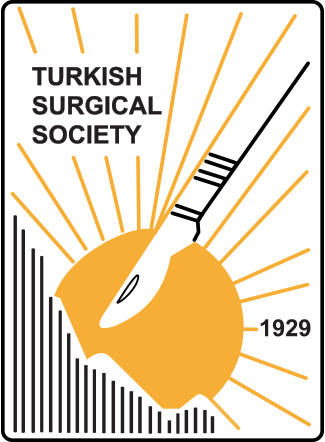Abstract
Purpose: The procedure choice whether laparoscopic or open surgery appears to be different among both the surgeons recommending surgical procedure and the patients with various diseases. In this study, the choice of technique and the rationale of the choice were investigated in medical staff mainly including general surgeons and the patients attending to surgery polyclinic via using a questionnaire prepared by the authors. Materials and Methods: A questionnaire was prepared to determine the frequency and the rationale of the preference for laparoscopic surgery for the treatment of cholecystolithiasis, incisional hernia and colon cancer. General Surgery specialists and assistant doctors, other assisting medical staff and the patients presenting to our polyclinic with various complaints were informed about the purpose of the questionnaire. Informed consent about the operations was read to the participants and they were asked to complete the questionnaire assuming they had the disease mentioned in the questions. Results: The questionnaire was applied to 150 participants, 83 of whom were males, 67 of whom were females. 36 of participants were General Surgery specialists, 35 were General Surgery assistant doctors, 41 were assisting medical staff, and 38 were patients. The frequency of preference for laparoscopic procedure over open surgery was 96 %, 68,7 %and 30,7 %for the treatment of cholecystectomy, incisional hernia and colon cancer, respectively. There was no significant difference between the medical staff group and patient group in terms of the frequency of preference for laparoscopic surgery. However, the rationale for the choice of method significantly differed between the two groups. When the age factor was assessed establishing 35 as the cutoff point, age was found to be an effective factor in the frequency of the choice for the treatment of colon cancer, but not for cholecystectomy and incisional hernia. Age was found to be an effective factor in the rational of choice for three of the situations. Conclusion: The fact that there was no statistically significant difference in terms of the frequency of preference between medical staff and patients was considered as the reflection of the confidence of the medical staff to the community. On the other hand, the difference in terms of the rationale of preference between two groups was attributed to the different levels of knowledge and experience about the subject of two groups. While the participants over 35 years old had an optimistic approach towards laparoscopic procedures, aesthetics worries appeared to be an important rationale for the participants 35 years old and under.



